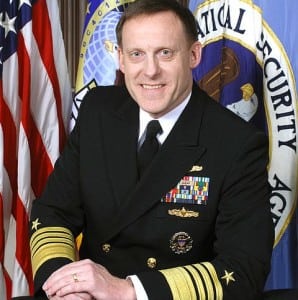
Current and former Cyber Command and Department of Homeland Security leadership told lawmakers Wednesday that Congressional action is needed to improve interagency cyber strategy coordination and speed up authorities to thwart future threats. Witnesses at hearings with the House Armed Services Committee (HASC) and its emerging technologies subcommittee cited a lack of a common operating picture for cyber coordination and slow engagement of private sector partners as hindering the ability to deter growing threats.“I do not think it’s an exaggeration…

 By
By 








